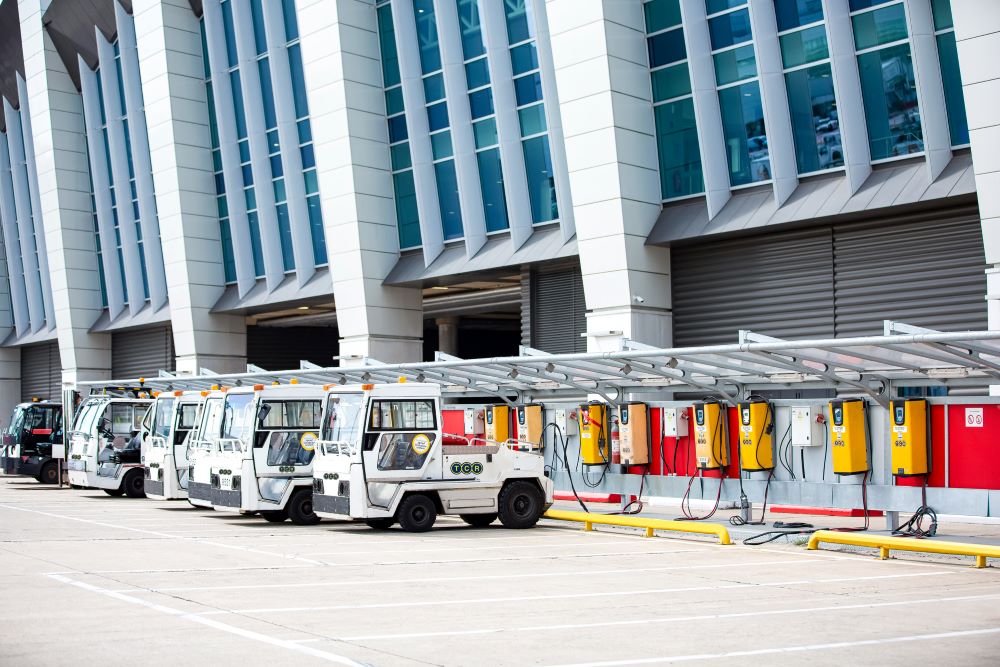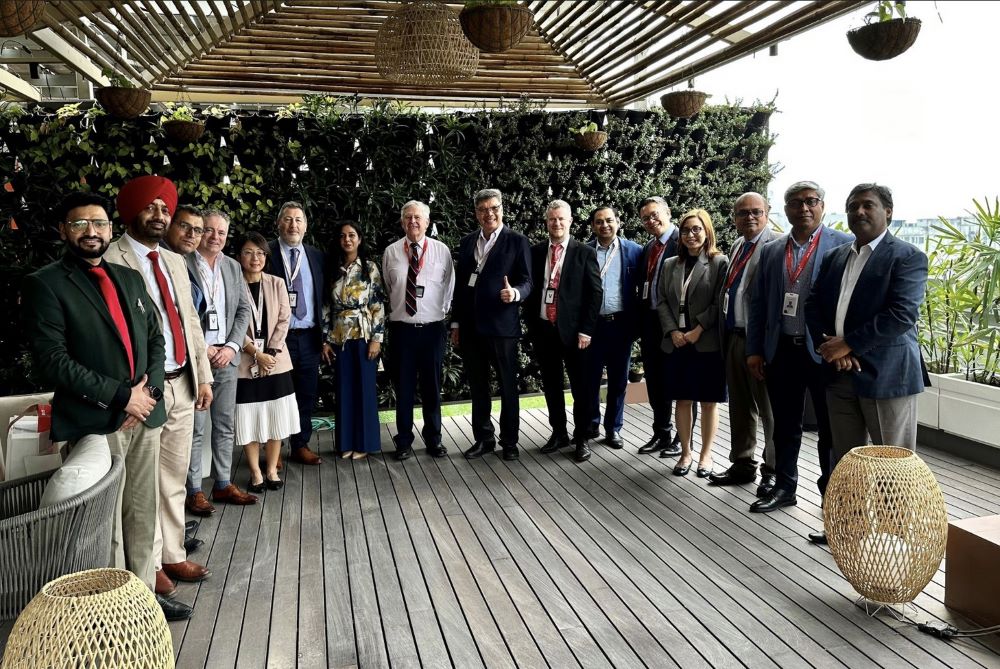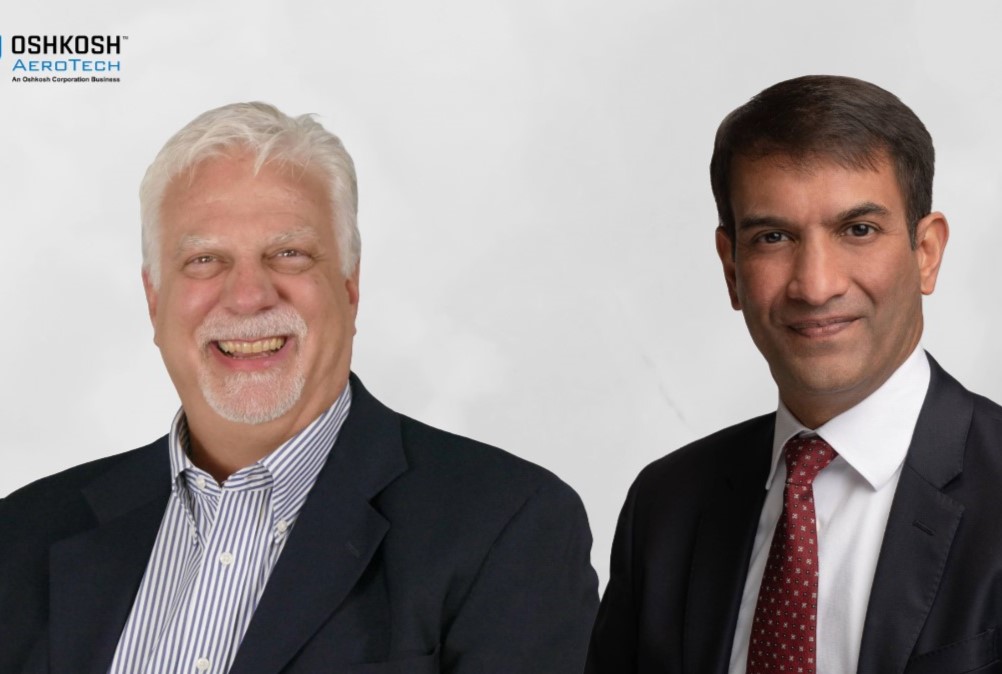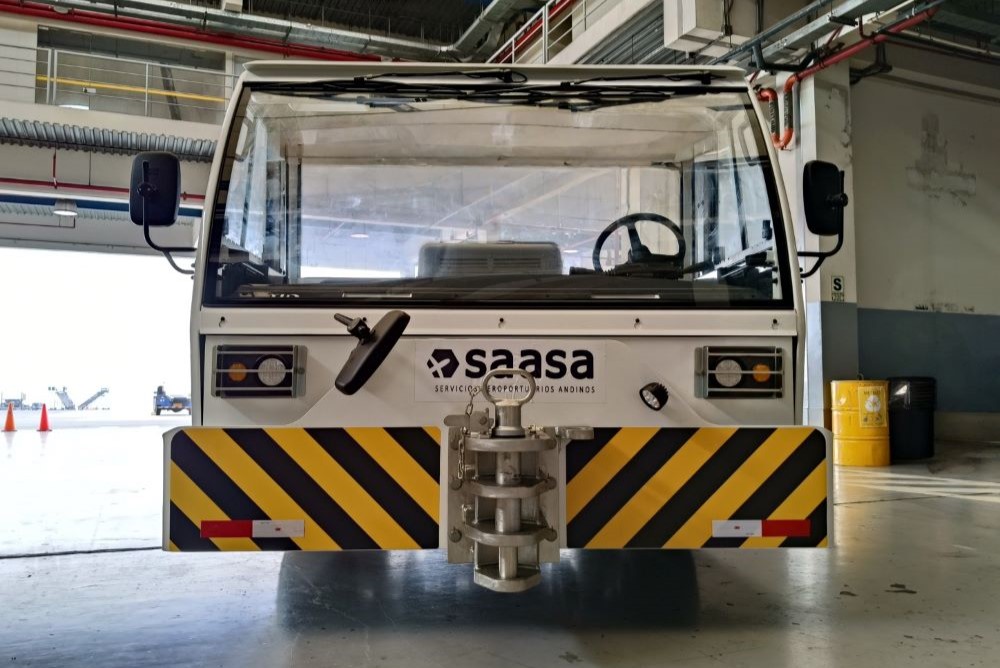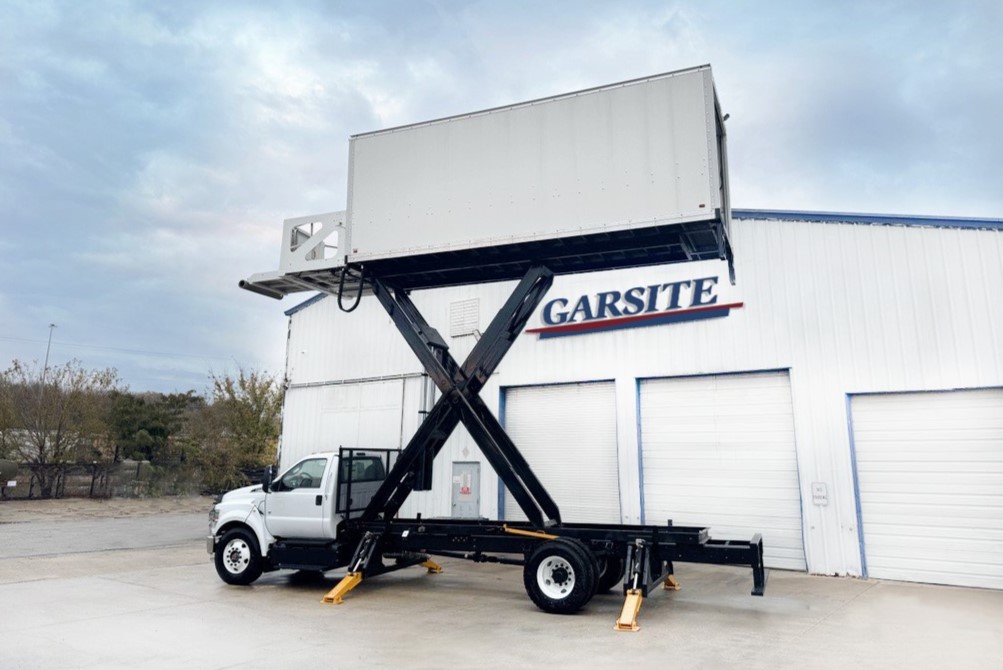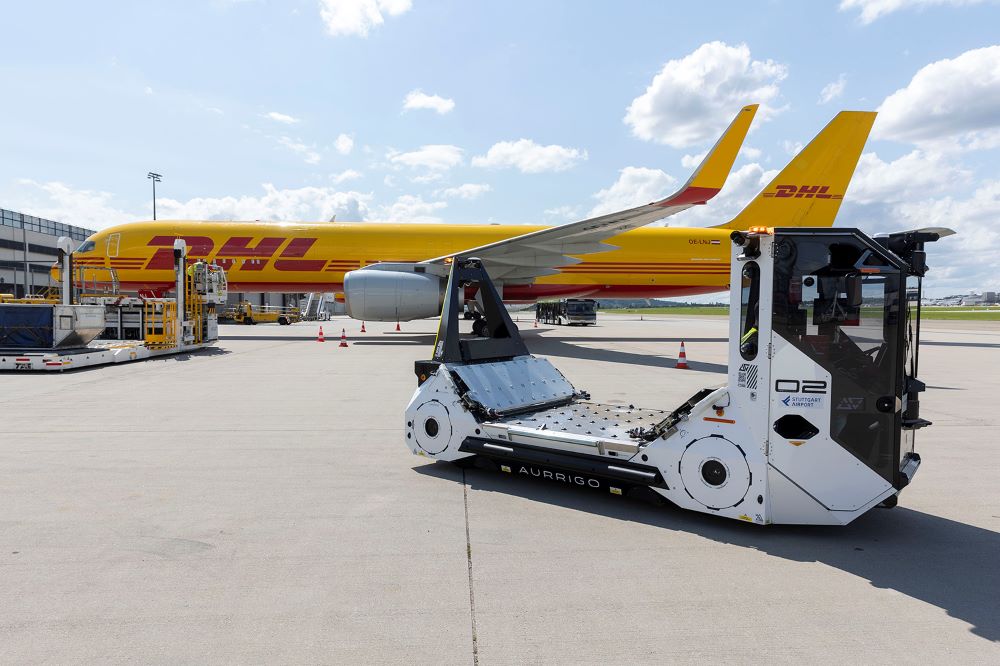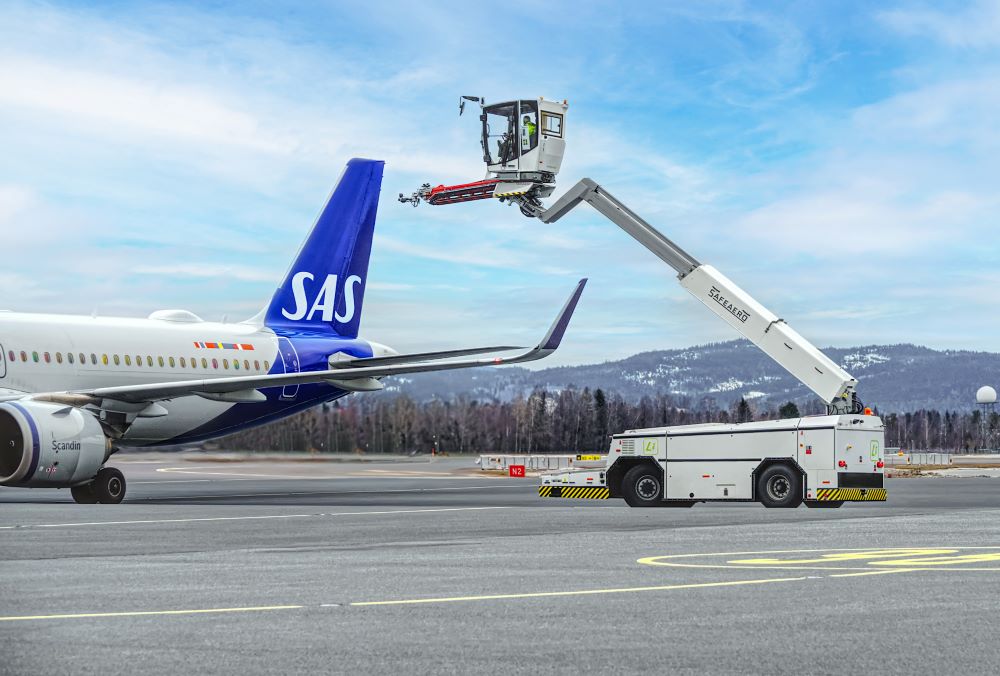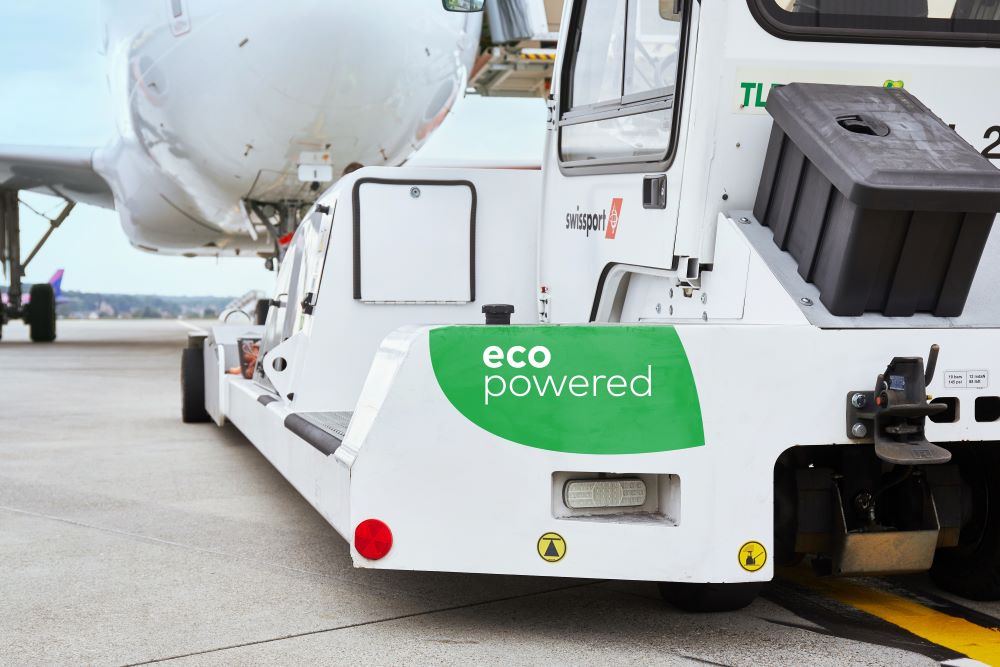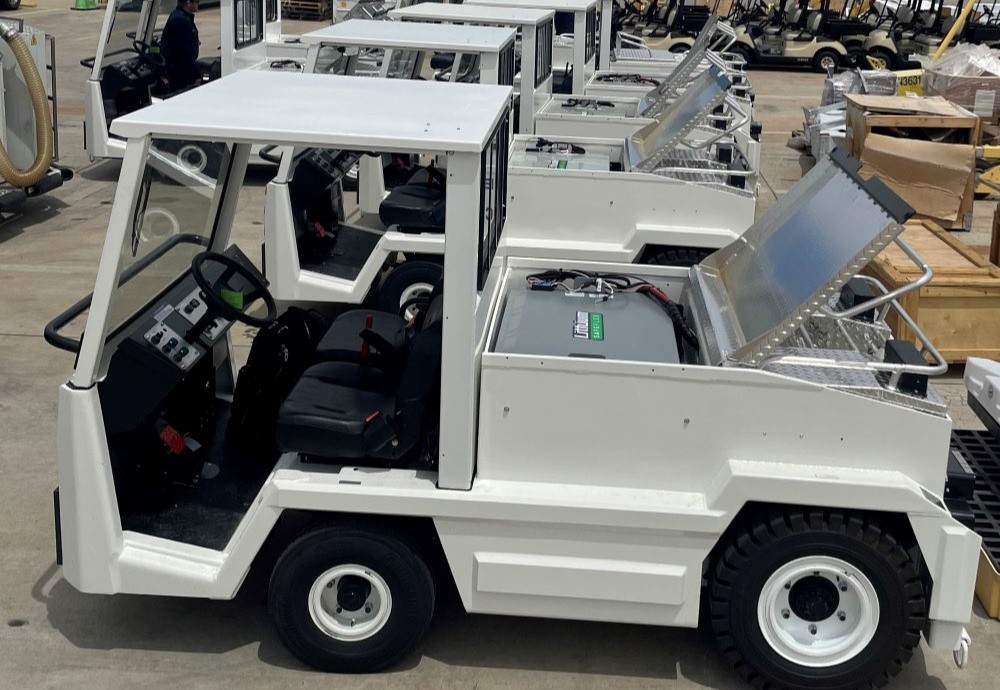TCR to provide New Terminal One with pooled eGSE
TCR will provide the New Terminal One at John F. Kennedy International Airport with a centralised fleet of electric GSE, which will be pooled by ground handlers.
The new terminal, which is scheduled to open next year, will be the first airport terminal in the world to procure a centralised all-electric GSE fleet, which will be shared by ground handlers.
The shared model is designed to reduce environmental impact, improve costs and optimise equipment usage in contrast to the conventional model where ground handlers individually own or lease their own equipment.
The New Terminal One is a key component of the Port Authority of New York and New Jersey’s $19 billion transformation of JFK airport, which includes two new terminals, the modernisation and expansion of two existing terminals, a new ground transportation centre and a new, simplified road network.
Operating the electric GSE fleet through the pooling model is a key part of New Terminal One’s sustainability strategy, which supports the Port Authority’s goal to achieve net zero greenhouse gas emissions across its airports and facilities by 2050.
Jennifer Aument, CEO of New Terminal One, said: “We are delighted to partner with TCR on this innovative collaboration for all-electric ground support equipment, which will contribute to seamless operations for our partner airlines and a best-in-class experience for their customers.”
Kristof Philips, CEO of TCR Airport Solutions, said: “We are thrilled to contribute to this groundbreaking initiative. This project highlights our dedication to sustainability and innovation, setting a worldwide model for the aviation industry.”
TCR’s electric GSE fleet integrates advanced fleet management technology to provide real-time data to enhance operational efficiency and decision-making.
The pooling model is designed will reduce emissions as electric equipment eliminates tailpipe emissions and improves air quality, provides cost efficiencies by minimising equipment redundancy, and electric GSE reduces overall energy consumption.
TCR says the pooling model makes it easier for ground handlers to participate in competitive bids as they will only provide the manpower operate GSE without having the purchase their own equipment.


